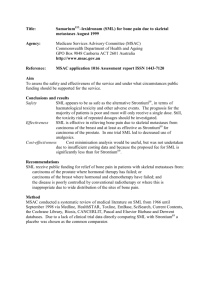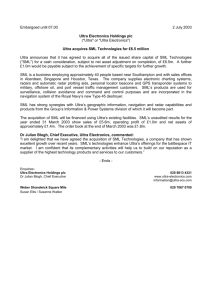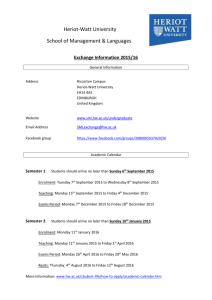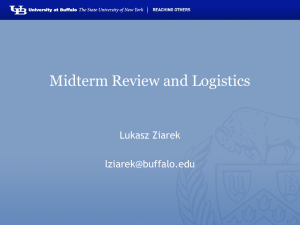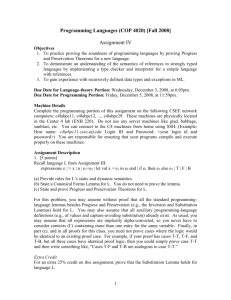Material properties and microstructure from
advertisement
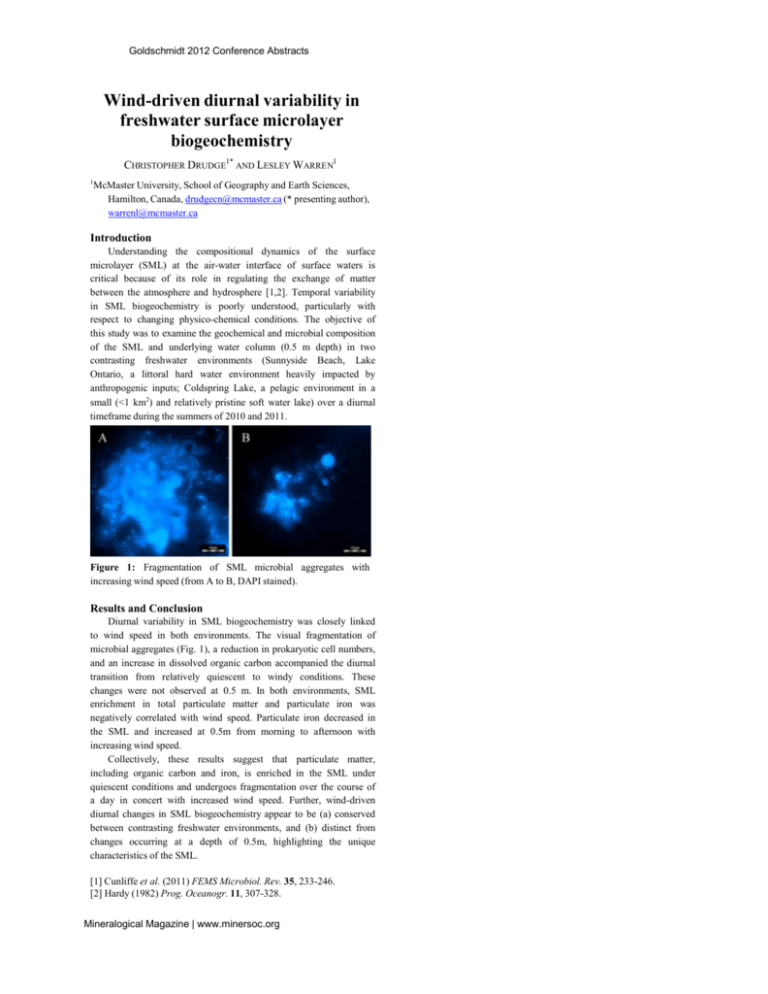
Goldschmidt 2012 Conference Abstracts Wind-driven diurnal variability in freshwater surface microlayer biogeochemistry CHRISTOPHER DRUDGE1* AND LESLEY WARRE N1 1 McMaster University, School of Geography and Earth Sciences, Hamilton, Canada, drudgecn@mcmaster.ca (* presenting author), warrenl@mcmaster.ca Introduction Understanding the compositional dynamics of the surface microlayer (SML) at the air-water interface of surface waters is critical because of its role in regulating the exchange of matter between the atmosphere and hydrosphere [1,2]. Temporal variability in SML biogeochemistry is poorly understood, particularly with respect to changing physico-chemical conditions. The objective of this study was to examine the geochemical and microbial composition of the SML and underlying water column (0.5 m depth) in two contrasting freshwater environments (Sunnyside Beach, Lake Ontario, a littoral hard water environment heavily impacted by anthropogenic inputs; Coldspring Lake, a pelagic environment in a small (<1 km2) and relatively pristine soft water lake) over a diurnal timeframe during the summers of 2010 and 2011. Figure 1: Fragmentation of SML microbial aggregates with increasing wind speed (from A to B, DAPI stained). Results and Conclusion Diurnal variability in SML biogeochemistry was closely linked to wind speed in both environments. The visual fragmentation of microbial aggregates (Fig. 1), a reduction in prokaryotic cell numbers, and an increase in dissolved organic carbon accompanied the diurnal transition from relatively quiescent to windy conditions. These changes were not observed at 0.5 m. In both environments, SML enrichment in total particulate matter and particulate iron was negatively correlated with wind speed. Particulate iron decreased in the SML and increased at 0.5m from morning to afternoon with increasing wind speed. Collectively, these results suggest that particulate matter, including organic carbon and iron, is enriched in the SML under quiescent conditions and undergoes fragmentation over the course of a day in concert with increased wind speed. Further, wind-driven diurnal changes in SML biogeochemistry appear to be (a) conserved between contrasting freshwater environments, and (b) distinct from changes occurring at a depth of 0.5m, highlighting the unique characteristics of the SML. [1] Cunliffe et al. (2011) FEMS Microbiol. Rev. 35, 233-246. [2] Hardy (1982) Prog. Oceanogr. 11, 307-328. Mineralogical Magazine | www.minersoc.org
